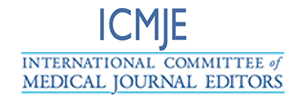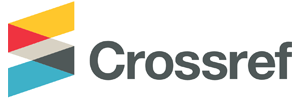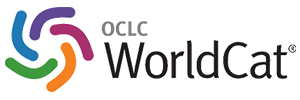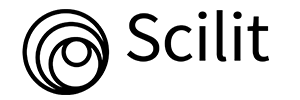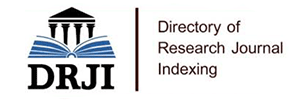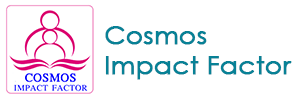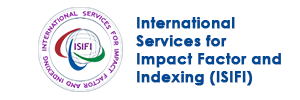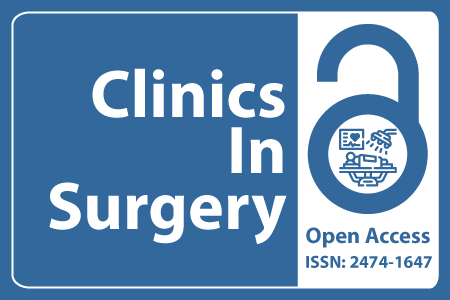
Journal Basic Info
- Impact Factor: 1.995**
- H-Index: 8
- ISSN: 2474-1647
- DOI: 10.25107/2474-1647
Major Scope
- Urology
- Minimally Invasive Surgery
- Breast Surgery
- Bariatric Surgery
- Ophthalmic Surgery
- Gastroenterological Surgery
- Surgical Oncology
- Colon and Rectal Surgery
Abstract
Citation: Clin Surg. 2021;6(1):3155.Research Article | Open Access
A Review of Aneurysmal Subarachnoid Hemorrhage Managed in Resource Challenged Setting
Ugwuanyi CU1*, Anigbo AA1 , Nwaribe EE1 , Ayogu OM1 , Okpata CI1 , Salawu MM2 , Solanke O2 and Jamgbadi SS2
1 Neurosurgery Unit, National Hospital Abuja, Nigeria 2 Neuroanasthesia Unit, National Hospital Abuja, Nigeria
*Correspondance to: Ugwuanyi CU
PDF Full Text DOI: 10.25107/2474-1647.3155
Abstract
Introduction: In a resource poor setting, presentation and management of aneurysmal subarachnoid hemorrhage is challenging. But experience gathered there from is worth sharing. Aims and Objectives: To report a four years? experience in managing aneurysmal subarachnoid hemorrhage. Methodology: Retrospective review of biodata, clinical process, management and outcome of cases. Data analyzed with simple descriptive statistics and presented accordingly. Results: Only 27 (47%) patients were eligible. 11 males and 16 females (M:F = 0.69:1). Mean age 46.4 years (SD=10.9, Range 26 to 68). Earliest presentation 4 hours and longest 168 days (Mean 26 days, SD=53.9 days). Commonest presenting complaints were headache 23/27 (85.1%), impairment of consciousness 14/27 (51.8%), Seizure 9/27 (33%). Commonest risk factor was systemic hypertension in 18/27 (66.6%) with MABP of 115 mmHg, range 83.3 to 183, SD=26.9 mmHg. PCOM aneurysm 9/27 (33%) and ACOM aneurysm 8/27 (29.6%) were the commonest. Intraventricular hemorrhage and associated acute obstructive hydrocephalus were observed in 12/27(44.4). Commonest definitive operation was craniotomy for clipping in 15/27 (55.5%) followed by endovascular coiling in 3/27 (11.1%), Four (14.1%) rebleed and died while awaiting definitive treatment, two (7.4%) are still awaiting treatments. Complications were extradural hematoma 4/15 (26.6%), Vasospasm 3/27 (11.1%). Hemiparesis and transient aphasia were recorded in one case each. Immediate outcome was better in endovascularly coiled than surgically clipped. 1/15(6.6%) died 48 h while another (6.6%) was mRs 4 and required sustained support. Conclusion: PCOM Aneurysm tops the list. Outsourced endovascularly treated cases recorded better immediate outcome. The figures are small but experience gathered provides substrate for future developments.
Keywords
Cerebral aneurysms; Subarachnoid hemorrhage; Surgical clipping; Coiling
Cite the article
Ugwuanyi CU, Anigbo AA, Nwaribe EE, Ayogu OM, Okpata CI, Salawu MM, et al. A Review of Aneurysmal Subarachnoid Hemorrhage Managed in Resource Challenged Setting. Clin Surg. 2021; 6: 3155..
